
“Interesting Perspective From AI”: People On LinkedIn Are Discussing These 19 AI-Made Animal Characters Representing Famous Car Manufacturers
According to the rules of the Olympic Games of antiquity, the champion in chariot racing was not at all the driver who risked their life and demonstrated skills on the race track in the name of victory. Not at all. The laurel wreath of the winner and all honor went to the owner of the chariot and horses. They also received the title of Olympic champion, no matter how weird and stupid it may sound today…
On the other hand, we have no less interesting questions nowadays. For example, who is the author of any AI-generated content – the person who makes up the prompts? The company that developed this service? Engineers who taught AI? Or AI itself? In the meantime, as we are looking for answers to these questions, here’s another story with some AI-drawn images.
Recently, a Swiss-based fintech company published a series of AI-generated characters symbolizing famous car brands
Image credits: cottonbro studio (not the actual photo)
The prompts were made with the help of ChatGPT, and then Midjourney did the rest
Recently, Gowago AG, a Swiss-based fintech company involved in car leasing solutions, featured several concept images on its LinkedIn page representing world-famous car brands as anthropomorphic animals. And, of course, all the pictures were generated by Midjourney, based on human-generated prompts.
Image credits: gowago.ch
Image credits: gowago.ch
As part of the prompts, ChatGPT chose three qualities each, which, in its opinion, most correspond to the cars of a particular brand, and an animal was chosen that represents the brand as well. For example, a labrador for Volkswagen, which should mean ‘Reliability, Versatility and Friendliness’. Or a peacock for Peugeot, symbolizing ‘Elegance, Confidence and Heritage’.
Image credits: gowago.ch
Image credits: Alexander Pöllinger (not the actual photo)
Image credits: gowago.ch
Image credits: Czapp Árpád (not the actual photo)
However, people had mixed feelings over these characters, mainly because they were mostly masculine
You can see the results in this collection. As almost always, there are no complaints about the technical work of AI – beautiful, stylish, spectacular. However, out of ten characters, literally all are masculine – and only the polar bear, symbolizing Volvo, could turn out to be feminine. On this occasion, by the way, many commenters have already spoken in the original post. “Not a single car perceived as a woman except perhaps Volvo,” one of them wrote.
Image credits: gowago.ch
Image credits: Benjamin Marder (not the actual photo)
Image credits: gowago.ch
Image credits: Alex Kviatkouski (not the actual photo)
And here we return to the question again – how correct is it to say that this is exactly AI that perceives car brands this way? Was the gender of the characters reflected in the compilation of prompts, or was the AI simply learning from the history of human art, which over the millennia of its existence has been anything but gender-diverse?
Image credits: gowago.ch
Image credits: Kevin Burnell (not the actual photo)
Image credits: gowago.ch
Image credits: Kadir Akman (not the actual photo)
Nowadays it’s still the human mind that sets the main lines of how AI should act in various situations
What I think is relevant in reflecting the state of affairs with artificial intelligence these days is the perception of generative art as a film adaptation of books. In the end, the author of a literary source creates a character, describes their manners and outfit, outlines their behavior – but in many ways, how we will perceive the character depends on the director, cameraperson and acting staff.
Image credits: gowago.ch
Image credits: Ricky Esquivel (not the actual photo)
Image credits: gowago.ch
Image credits: Emrah AYVALI (not the actual photo)
In the end, the same Sherlock Holmes played by Basil Rathbone, Robert Downey Jr., Benedict Cumberbatch and, for example, Henry Cavill turned out to be completely different. Despite the fact that it’s still Sherlock, with the same costume, violin and pipe. So is AI-generated art – without prompts from a person today, there is no content, but without John R.R. Tolkien, there would be no Peter Jackson trilogy either. But after all, we perceive “The Lord of the Rings” from the wizard of Pukerua Bay as a completely independent work. So why not say the same about AI?
Image credits: gowago.ch
Image credits: Alexey Demidov (not the actual photo)
Image credits: gowago.ch
Image credits: Helena Jankovičová Kováčová (not the actual photo)
Image credits: gowago.ch
Several days later, the new collection of characters was published – and now they are much more diverse
Be that as it may, the original post fulfilled its task – to entertain the audience and attract the attention of people – with honor. And imitators have even appeared – for example, REE Automotive also generated its own character based on the ‘agile, innovative and endurant’ husky. True, the question of one of the commenters “Ties and suits? Why?” remains relevant here. However, a few days later, Gowago posted nine more pictures representing other famous car brands – and now the characters are much more diverse.
Image credits: gowago.ch
To comment on this story, Bored Panda reached out to Boris Eldagsen, a German photographer, artist and AI expert, who recently became famous for specially submitting to the Sony World Photography Awards an AI-generated image as an experiment, and after winning the nomination – defiantly unveiling it and refusing the award, suggesting that AI art should simply compete in a separate category.
Image credits: gowago.ch
Image credits: gowago.ch
“No, it doesn’t perceive, it has no consciousness, it works with probability,” Boris says on whether AI could actually ‘preceive car brands’. “An AI is based on its training data. The training data consists of image/text pairs (Alt-texts) and differs from platform to platform. To create an image, the AI analyses a given text and to start a mathematical equation. Where have those words been used in the training data? In what context? What would be a probable connection?
This can easily become complex: “Mercedes” is also a Spanish first name, “Audi” is latin for “listen”. Here we can easily get off track. Let’s have a closer look at the source of the training material… has it been produced by fans, the brand itself, or critics? The training material could be car photos by Audi, BMW, Mercedes lovers, accompanied by an alt-text written with the bias of these fans. The training material could be official PR material, coming out of the marketing departments with a focus on sales.
Having worked as a freelancer in digital marketing for many car brands, I know that they all have “personas” that describe “their” car characteristics. One German luxury car saw itself as a “smart gentleman”, for example. Examining the link you provided, it looks like the prompt for those images has been: “Audi’s 🦌 red deer: Technological advancements, Environmental consciousness, Luxury.” You see my eyes rolling: Who chose these three USPs? How are they connected with the red deer? Who made that decision. To cut it short, it is bulls**t to think the AI can perceive car personas neutrally. This experiment was just a fun play of someone to get attention.”
Image credits: gowago.ch
Image credits: gowago.ch
“So could AI take some prejudices from the person who works with it?”, I asked Boris and he firmly stated: “Yes. And also from the training data it was fed with. It is a mirror reflecting back what we use as input.”
“Your beautiful metaphor (as the author of the book writes it and then the movie squad tries to interprete while staying in measures of written – the same way the AI tries to interprete the written prompt, creating in measures of what is written – BP) is right. DALL E2, Midjourney, Firefly have no CFG which is the guidance scale (sometimes referred as CFG – classifier free guidance), a parameter that controls how much the image generation process follows the text prompt. That means by default the AI is invited to improvise. Why? Because the majority of people will get better looking results (and care more about the look than the closeness to their text prompt). If you work with a high CFG you need to be good in text prompting – otherwise it will look like s**t.”
Image credits: gowago.ch
Image credits: gowago.ch
“I have been working with AI for a year and teaching workshops for half a year. We all need time to master the new tools, and the better you become in mastering the tools, the deeper the concepts and artistic ideas will become. Car brands as personas is not art, it is a joke. I expect very exiting works to be published from the end of this year,” Boris Eldagsen presumes.
Image credits: gowago.ch
Image credits: gowago.ch
Image credits: Leo Chevailler
It is likely that this time, when compiling prompts for Midjourney, the company’s employees took into account the comments to the first part of the selection. From this we can conclude that so far it is the person who determines what AI-generated art will be, and not vice versa. Yes, machine-generated creativity can win a fine arts contest or even mislead the jury of a prestigious international photography competition – but all this is a consequence of the nature of people. And ‘to err is human’, as the great Roman philosopher Seneca said in those days when the only manifestation of AI was probably Galatea from that very ancient myth. So please just enjoy these pics now and let us know what do you think about it, in the comments below.
4Kviews
Share on FacebookWhat a load of twaddle - frankly who cares what AI thinks about car brands ffs.
Who cares that they're mostly masculine. It's all fake. I'd be more offended that AI is taking over and it's going to be a b***h in the future when some AI image pops up with people in compromising positions.
What a load of twaddle - frankly who cares what AI thinks about car brands ffs.
Who cares that they're mostly masculine. It's all fake. I'd be more offended that AI is taking over and it's going to be a b***h in the future when some AI image pops up with people in compromising positions.

 Dark Mode
Dark Mode 

 No fees, cancel anytime
No fees, cancel anytime 





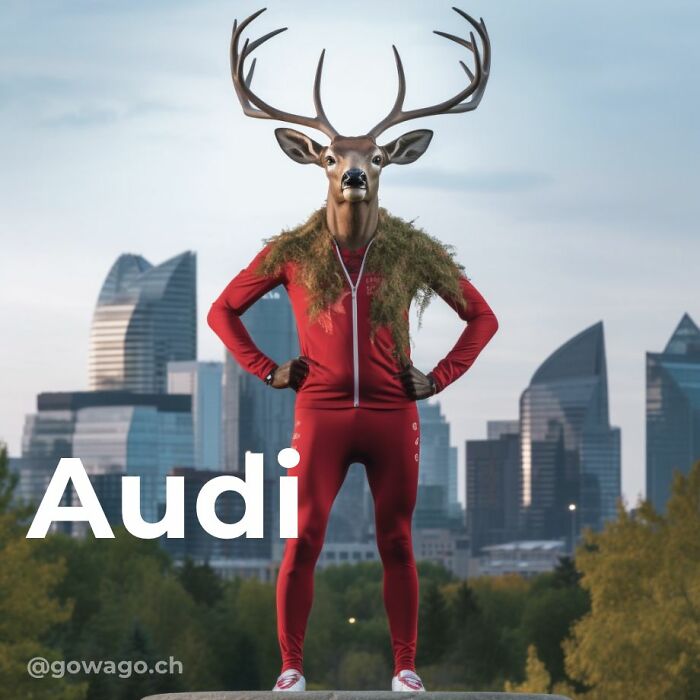









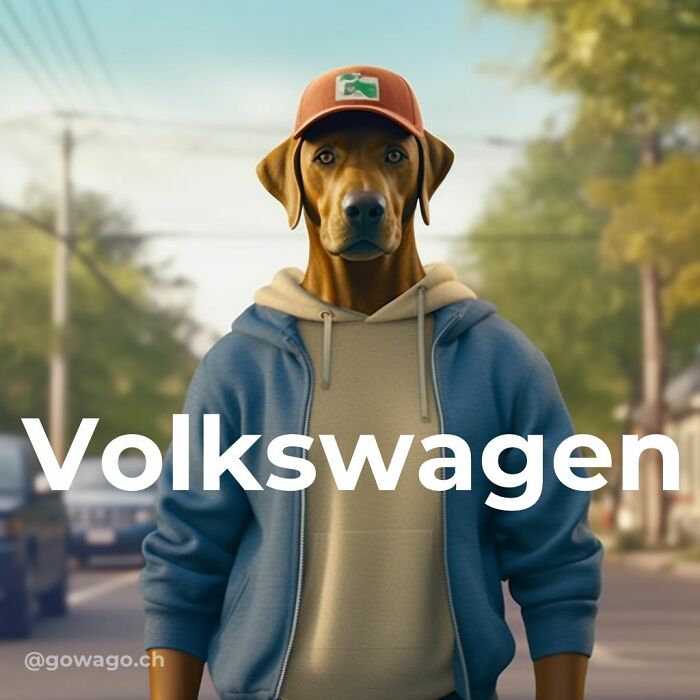

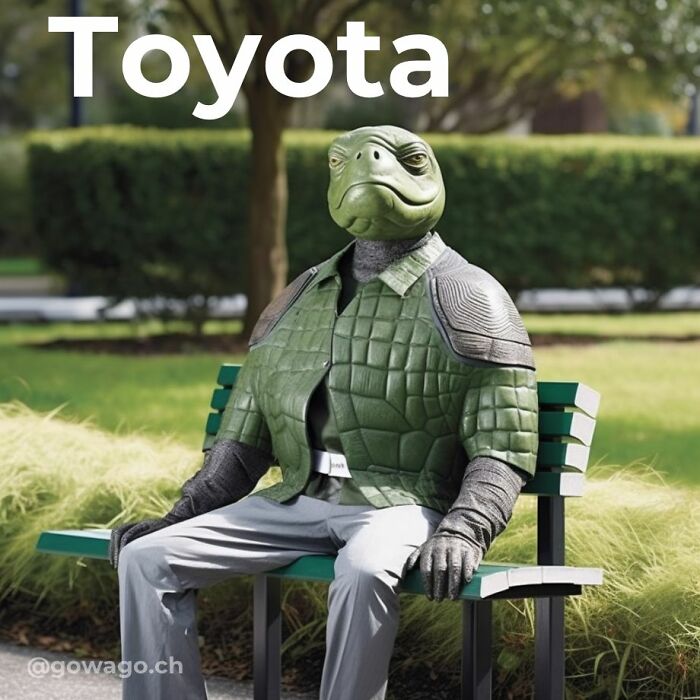







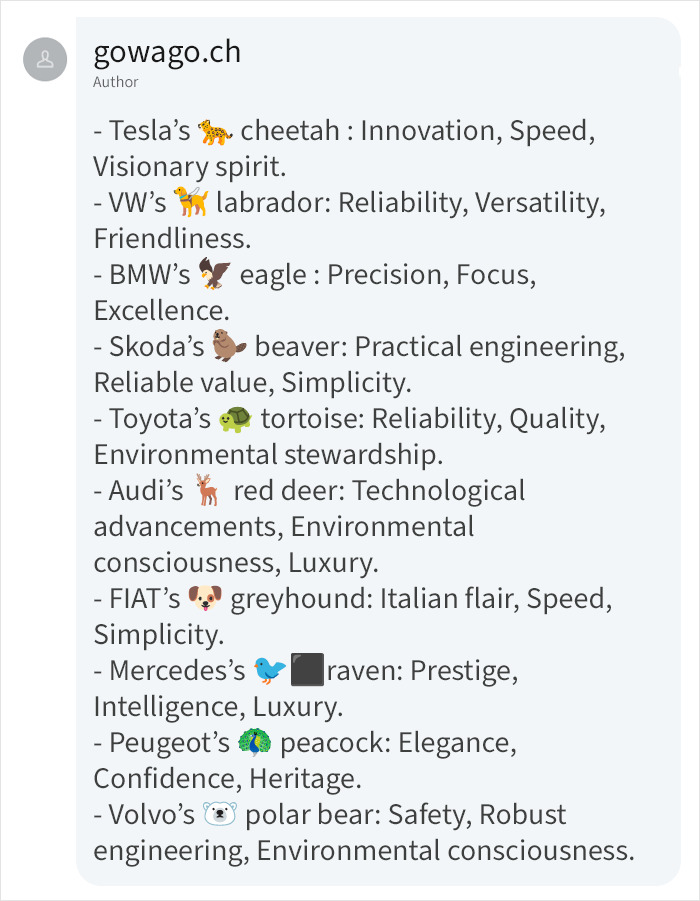




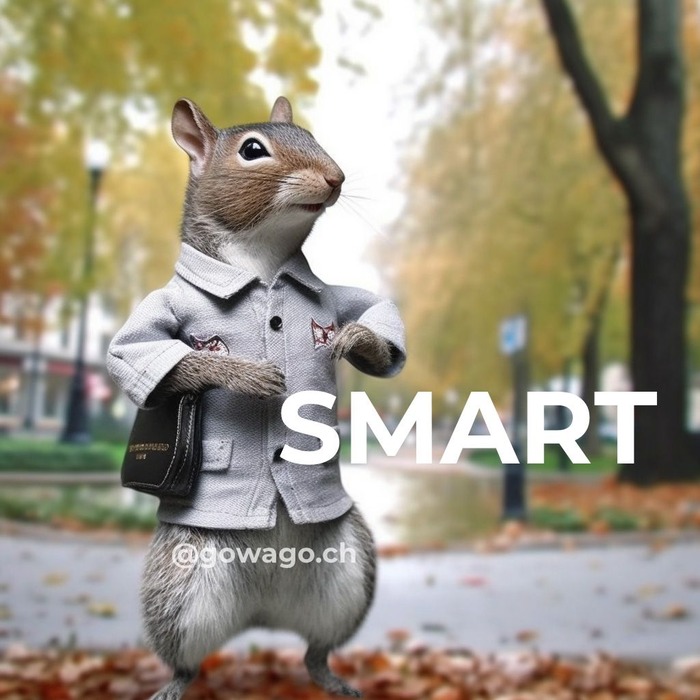













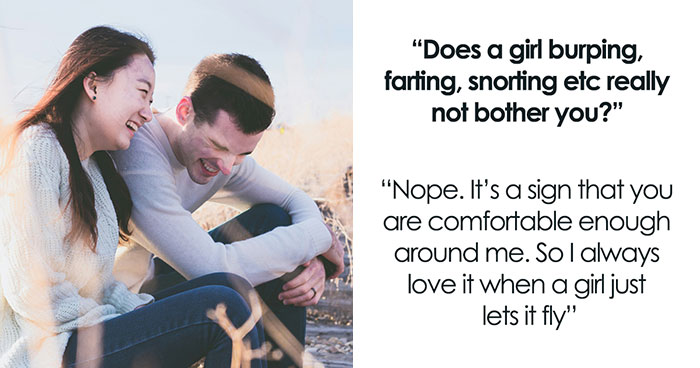















-6
9